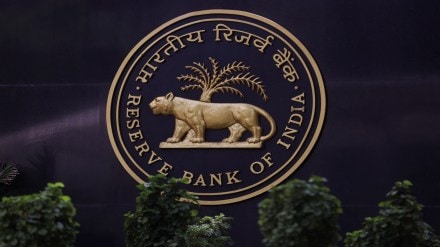The Monetary Policy Committee’s (MPC) decision to cut the repo rate by 25 basis points (bps) to 6%, and to alter the stance to “accommodative” from neutral, were just what the doctor ordered at a time when the Indian economy is in danger of being badly hurt by the global tariff war.
Although the Reserve Bank of India (RBI) has trimmed its gross domestic product (GDP) growth outlook for 2025-26 by 20 bps to 6.5%, this looks a tall ask against the backdrop of unprecedented uncertainty in global trade and other policies. RBI Governor Sanjay Malhotra has highlighted how the higher import tariffs imposed by the US — 26% for India — have exacerbated economic uncertainty and how fresh headwinds could put growth and inflation projections in jeopardy.
By one estimate, the direct hit to the GDP from the 26% tariff is 50 bps; the spillover and second-order effects, economists believe, can be meaningful. Malhotra has spoken of how growth may be improving after a “weak” H1FY25, but is still slower than desired.
The central bank’s concern about growth is reflected in the shift in the stance to accommodative which effectively signals the end of the rate-hiking cycle — rates can now either be on hold or they can be cut.
Malhotra’s statement that an accommodative stance relates only to the policy rate and not to liquidity, implies rate cuts would happen on their own and not via liquidity easing. This is welcome. Again, his assurance on sufficient liquidity and a suggestion that about 1% of deposits could be available on tap as liquidity, are comforting.
To be sure, the MPC has the room to cut policy rates since retail inflation is now projected to stay close to the 4% mark for much of 2025. Displaying confidence not seen recently, the RBI has trimmed the inflation projection from 4.2% to 4% in 2025-26, arguing inflation is now “durably” aligning with the target.
What has also given the RBI the confidence to cut rates, amidst the volatility, is the strong external accounts.Should inflation stay the course chalked out by the RBI, it should be possible for the MPC to cut rates by at least another 50 bps before the year is out. That would take the repo to 5.5%, leaving the real rate at 150 bps — a more reasonable level than the current 200 bps.
However, much would depend on the depreciation of the currency — the related imported inflation. While there was a bounce in the broad-based dollar index, after the tariff announcement, the reaction has been somewhat mixed, making it hard to draw any conclusions at this point on its future trajectory.
Moreover, while it may sound unlikely, a substantial weakening of the yuan — as is being feared — could pressure the rupee, and also impact capital flows into India.
The good news for India right now is in the price of Brent crude, hovering around $60 barrel, which should cushion the blow from imported inflation. Also, the interest rate differential between India and the US has already narrowed and this factor cannot be disregarded. In fact, if inflation in the US shoots up following the imposition of higher import tariffs, the US Federal Reserve would find it difficult to continue to cut rates. It would appear US yields must settle down before India’s benchmark bond yields start to trend down meaningfully.
